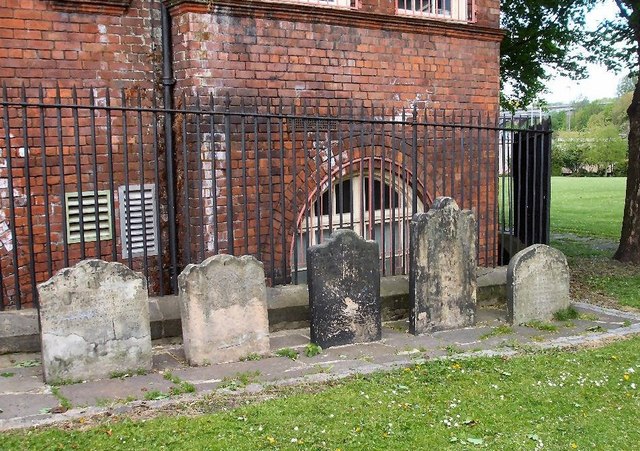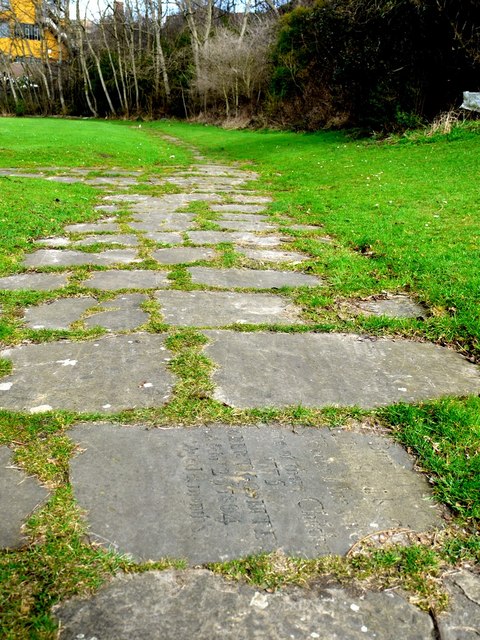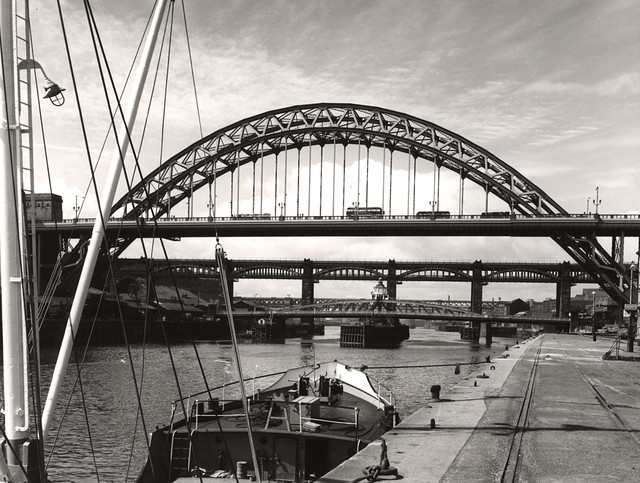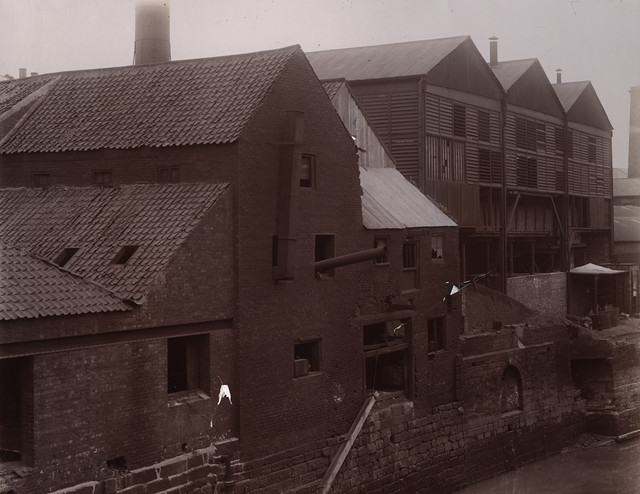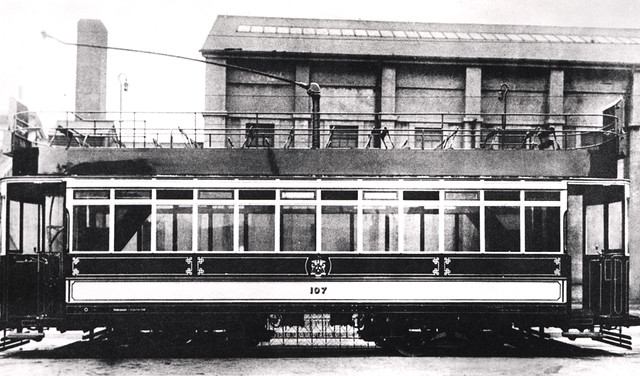Topics > Tyne and Wear > Newcastle upon Tyne > Ouseburn > Ballast Hills Graveyard
Ballast Hills Graveyard
Ballast Hills, Ouseburn / Byker. This was a non-conformist burial ground associated with the influx of foreign (some adopting Quakerism) and Scottish families (many Presbyterians) into the area in the 17th century. Burials are thought to have started here as early as 1609, with the arrival of the plague; the site is often referred to as "Plaguey Fields". Between 1818 to 1824 there were more funerals at the Ballast Hills than in all the other parochial churchyards of Newcastle combined. The graveyard fell out of use in the 1850s, after the cholera epidemic. In 1930 the site was laid out as a playground and park, many of the remaining tombstones are laid out flat to form paths.[1]
1786, May. The burial ground at the Ballast hills, near Newcastle, was begun to be encircled with a wall, built by subscription.
From: T Fordyce, J. Sykes. Local records; or, Historical register of remarkable events which have occurred in Northumberland and Durham, Newcastle-upon-Tyne, and Berwick-upon-Tweed..., published 1867
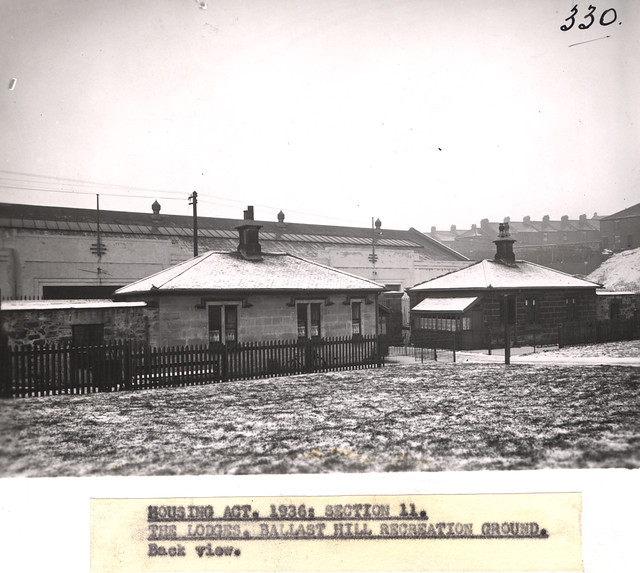
from Newcastle libraries (flickr)
037027:Ballast Hill Park Byker Newcastle upon Tyne Unknown 1936
Pinned by Simon Cotterill
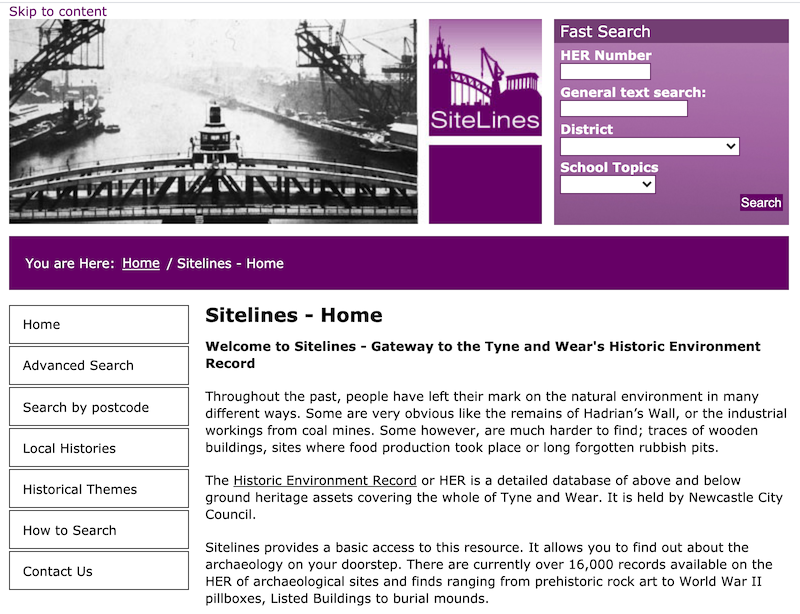
from https://twsitelines.info/SMR/…
Tyne and Wear HER(1597): Ouseburn, Ballast Hills Graveyard
- "Ballast Hills Graveyard was the most important non-conformist burial ground in Newcastle. The origins of the burial ground lay in the influx of foreign and Scottish families into the area …
Added by
Simon Cotterill


from Newcastle libraries (flickr)
037027:Ballast Hill Park Byker Newcastle upon Tyne Unknown 1936
Pinned by Simon Cotterill

from https://twsitelines.info/SMR/…
Tyne and Wear HER(1597): Ouseburn, Ballast Hills Graveyard
- "Ballast Hills Graveyard was the most important non-conformist burial ground in Newcastle. The origins of the burial ground lay in the influx of foreign and Scottish families into the area …
Added by
Simon Cotterill

